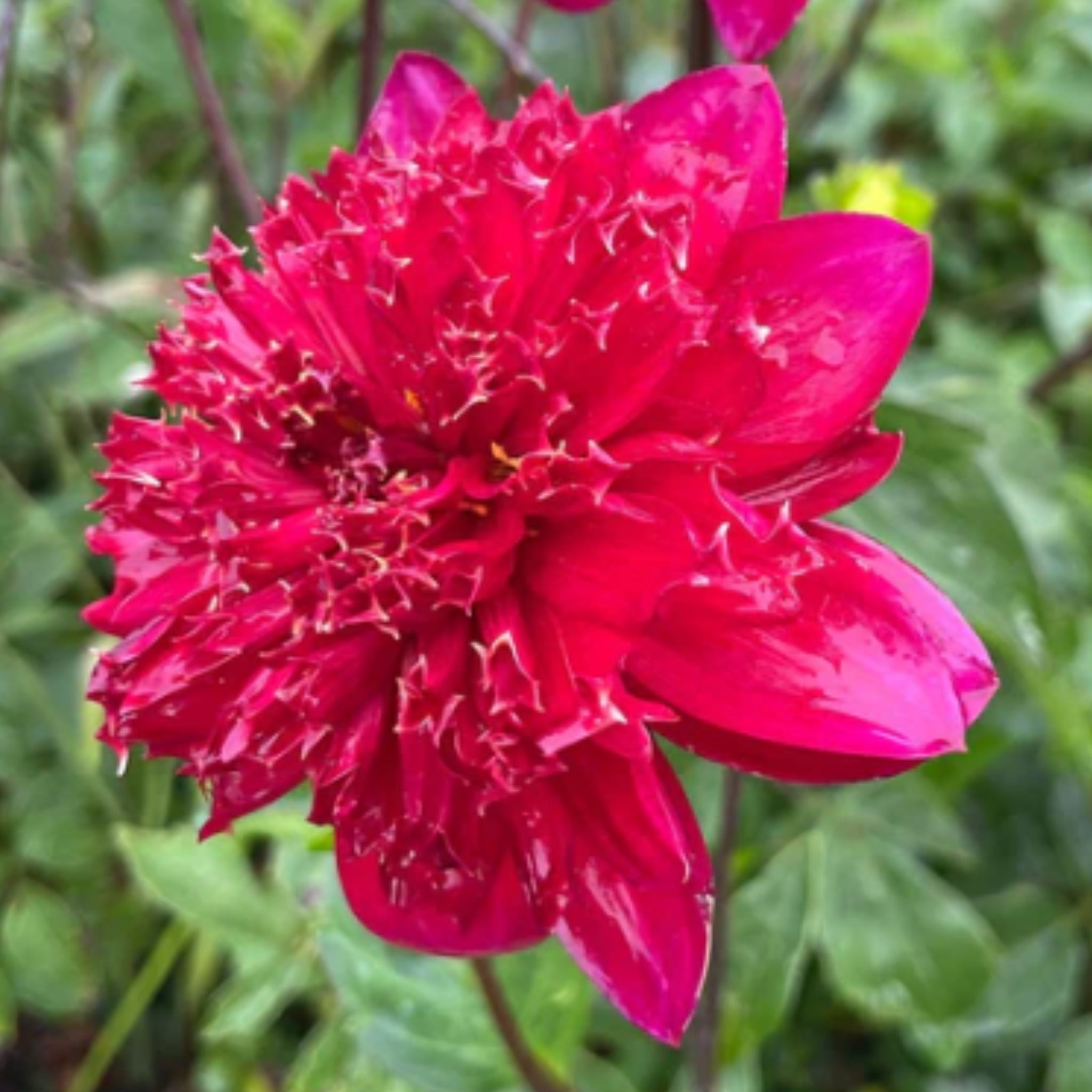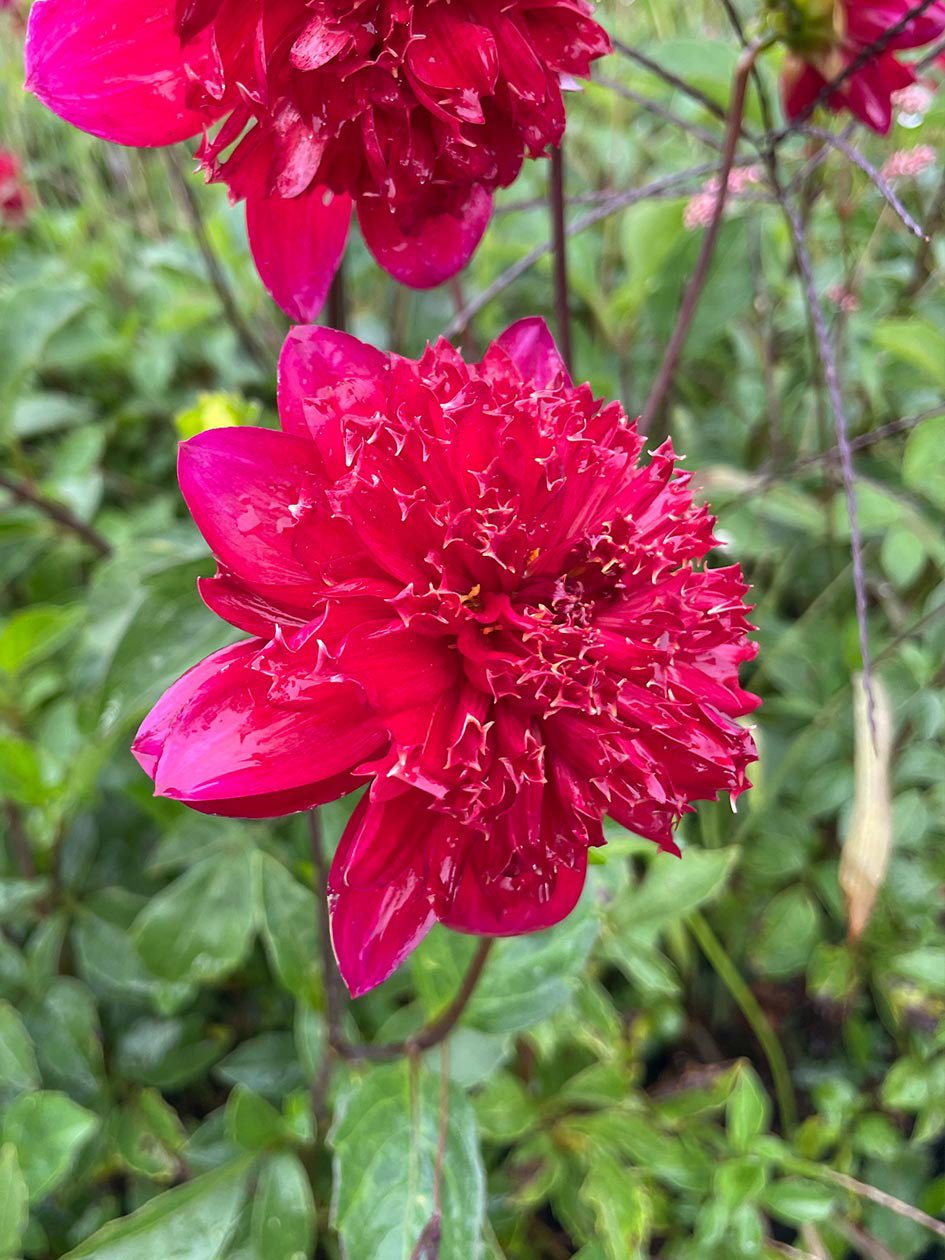

Description
Dahlia ‘Christie Topnot’ is a striking anemone-flowered hybrid known for its bold, ruby-red blooms that make a strong visual impact. Upright and garden-worthy, this dahlia reaches approximately 1.0 to 1.5 metres high, flowering from mid-summer through autumn (and into warmer months when the climate allows). Thick stems and lush foliage complement the full heads of petals, making it ideal for garden beds, cut-flower displays, or specimen planting.
Growing best in full sun or part shade, ‘Christie Topnot’ thrives in well-drained, fertile soil. For best performance, stake tall plants, deadhead spent flowers to encourage continuous blooming, and lift tubers in frost-affected areas for reuse the following spring.
✨ Key Features
-
Botanical Name: Dahlia ‘Christie Topnot’ (Hybrid)
-
Anemone-type blooms in ruby red tones
-
Height: approx. 1.0-1.5 m at maturity
-
Long flowering season: summer through autumn
-
Excellent for cut flowers and bold garden focal points
-
Performs well in full sun; part shade acceptable in very hot conditions
-
Best planted in well-drained soil; needs staking in wind or rain
💡 Why You Should Buy
-
Brilliant ruby-red blooms offer strong colour drama
-
Long season of flowers gives extended garden display
-
Dual use: beautiful in the garden and excellent in fresh floral arrangements
-
Adds vertical interest and rich colour contrast with foliage
-
Suitable for experienced and new gardeners alike
❓ FAQs
Q: What is the botanical name?
A: Dahlia ‘Christie Topnot’.
Q: How tall will it grow?
A: About 1.0-1.5 metres in height, depending on growing conditions.
Q: When does it flower?
A: From mid-summer through autumn; in warm climates, may extend longer.
Q: Is staking required?
A: Yes, for best performance in windy or rainy conditions, staking helps support bloom heads.
Q: Do I need to protect the tubers in winter?
A: In frost-prone areas, lift tubers after frost, dry them, and store in frost-free, cool, dry place.
⚠️ Please Note
Images are for illustrative purposes only. Flower colour, form, and size may vary slightly depending on growing conditions, tuber size, and climate.




